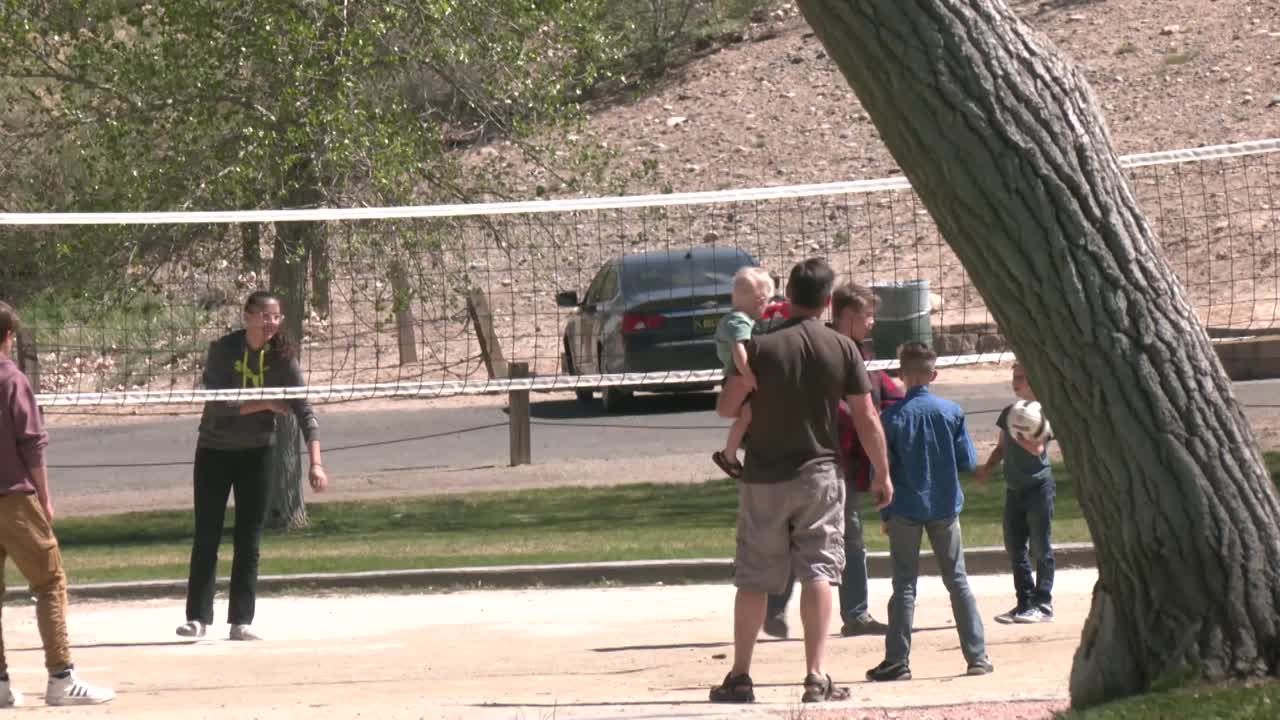
Complex systems have always been a challenge to understand, but a new perspective is needed to grasp the interconnectedness of their elements. This is the foundation for the book “At the Mercy of the Networks” by Ernesto Estrada, a research professor at the Higher Council for Scientific Research (CSIC) at the Institute of Interdisciplinary Physics and Complex Systems.
In his book, Estrada explores the mathematical object known as the network or graph, which simplifies relationships between elements through a set of points (vertices) and connections (edges) between them. These networks can capture crucial information from various real-life scenarios such as social relations, epidemics, anatomical structures, gene, metabolic or neuronal networks, social conflicts, and transportation networks.
Estrada discusses different mathematical models that simulate the formation of social networks and enable a simplified study of real-life network structures. One such model created by mathematicians Paul Erdös and Alfred Rényi begins with a group of individuals who do not know each other, and whether or not a connection is formed between two nodes is determined by a random value compared to a threshold value. This model can help determine if simulation results resemble real-world social networks by analyzing key characteristics such as network density, connectivity, and average path length between elements. These properties provide insight into how information flows within the network. Many real-world social networks display characteristics such as high connectivity and low density, allowing information to be transmitted across vast networks efficiently.
Measuring the distance of shortest paths between elements can also illustrate the small world effect – where





